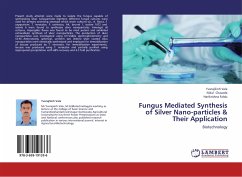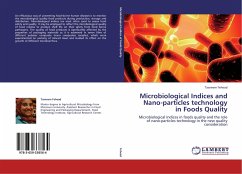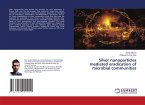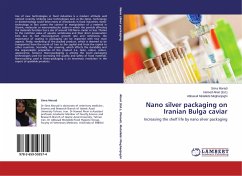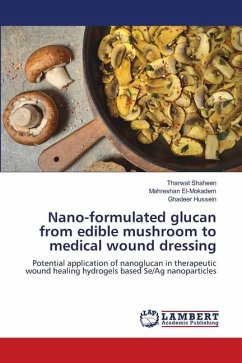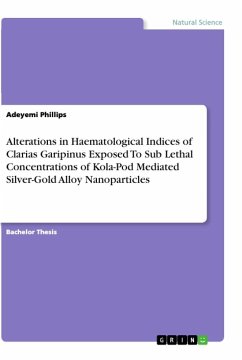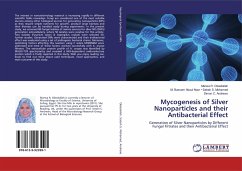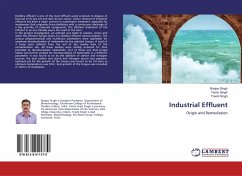Present study attempt were made to isolate the fungus capable of synthesizing silver nanoparticles Eighteen different fungal cultures were used for primary screening amongst which seven cultures viz., A. flavus, F. oxysporium, T. versicolor, P. ostreatus, Alt. brunsii 1, isolate 1072 and isolate 6 were found to synthesize silver nanoparticles. Amongst all cultures, Aspergillus flavus was found to be most potent and exhibited extracellular synthesis of silver nanoparticles. The production of silver nanoparticles was investigated using UV-Visible spectrophotometry and SEM. Alternatively, spherical, uniform size (44nm) silver coated silica nanoparticles were chemically synthesized and employed for immobilization of laccase produced by T. versicolor. For immobilization experiments, laccase was produced using T. versicolor and partially purified using isopropanol precipitation with 68% recovery and 6.2 fold purification.
Bitte wählen Sie Ihr Anliegen aus.
Rechnungen
Retourenschein anfordern
Bestellstatus
Storno

